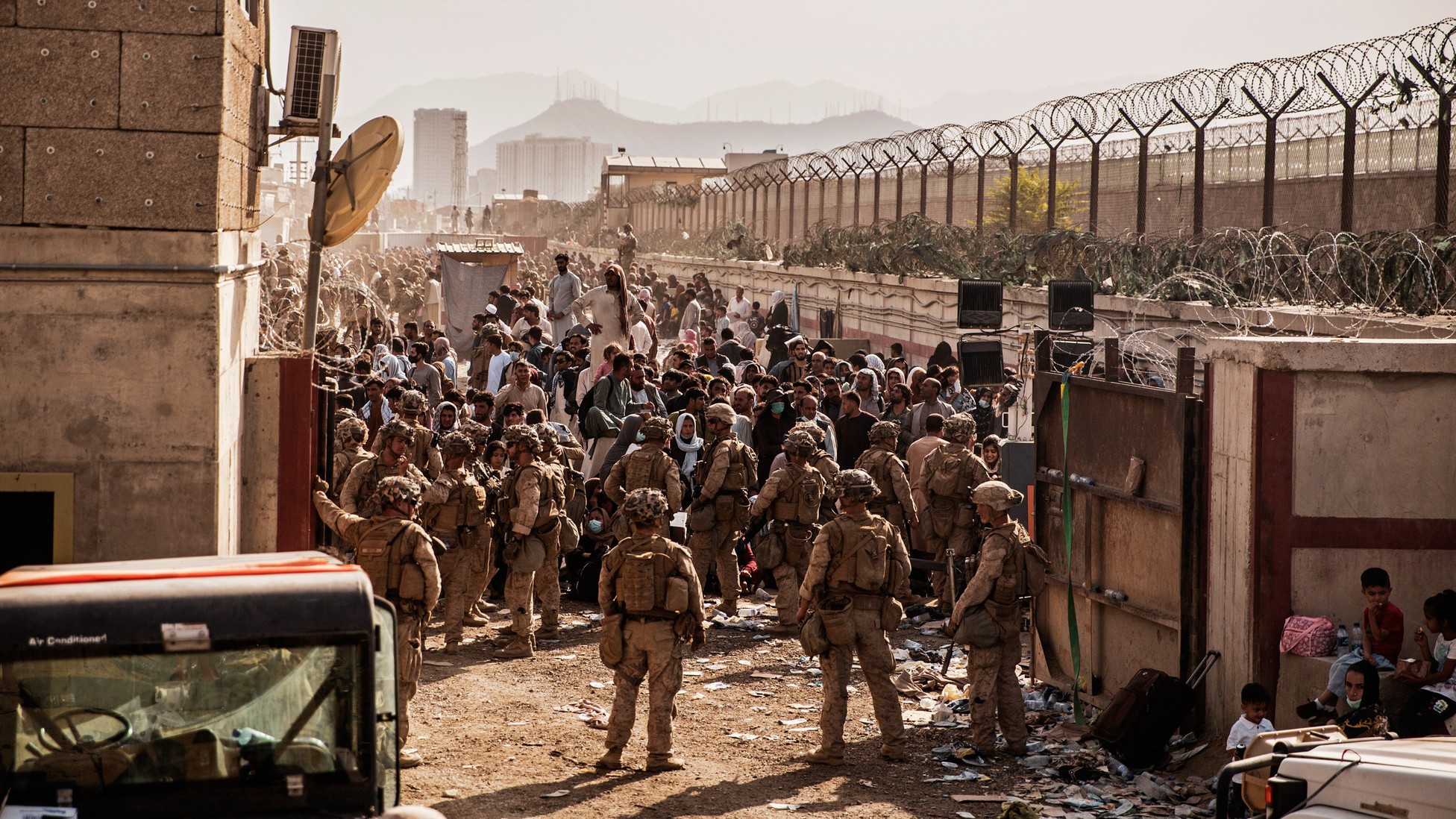 After 20 years of U.S. troops maintaining a presence in Afghanistan, the United States began the process of ending its longest war by removing military forces from the region. Ever since he was vice president, President Joe Biden has been a strong advocate for reducing the scope of the military mission in Afghanistan in order to focus more on global counterterrorism efforts.1 In April 2021, he announced that he would fulfill his campaign promise to end what he calls the “forever war,” which began as a result of the terrorist attacks on September 11, 2001.2
After 20 years of U.S. troops maintaining a presence in Afghanistan, the United States began the process of ending its longest war by removing military forces from the region. Ever since he was vice president, President Joe Biden has been a strong advocate for reducing the scope of the military mission in Afghanistan in order to focus more on global counterterrorism efforts.1 In April 2021, he announced that he would fulfill his campaign promise to end what he calls the “forever war,” which began as a result of the terrorist attacks on September 11, 2001.2
On August 31, 2021, the last U.S. troops departed Afghanistan and President Biden declared the war in the region finished. “My fellow Americans, the war in Afghanistan is now over,” he said in an address to the nation. “It was time to be honest with the American people again. We no longer had a clear purpose in an open-ended mission in Afghanistan. After 20 years of war in Afghanistan, I refused to send another generation of America’s sons and daughters to fight a war that should have ended long ago.”3
According to Brown University’s The Cost of War Project, at least 801,000 people have died as a direct result of war violence in the post-9/11 conflicts in Iraq, Afghanistan, and Pakistan, with approximately 157,000 of those casualties attributed to Afghanistan.4 This number includes armed forces on all sides of the conflicts, contractors, civilians, journalists, and humanitarian workers.5 The monetary cost of the War on Terror comes to roughly $6.4 trillion, not including the economic effects of job losses and increased interest rates in the United States.6, 7
The heavy costs of this war have encouraged political leaders on both sides of the aisle to discuss a U.S. exit from Afghanistan for several years, but it was President Biden who ultimately decided to make the move.Since the U.S. exit from Afghanistan began, the Biden administration has been under fire for its handling of the withdrawal, with many critics arguing that the U.S. exit was chaotic, poorly planned, and poorly executed, and that it wrongly left behind unknown numbers of Afghans who had risked their lives to support U.S. military efforts over the last 20 years. Supporters of the exit point to years of bad decisions that led to a no-win situation, arguing that President Biden should be praised for making a decision his predecessors talked about but never followed through on.
Over the course of the 18-day U.S. exit, more than 120,000 Americans and Afghan partners evacuated the country, but not without loss.8 At least 180 Afghans and 13 U.S. troops lost their lives—the majority in a suicide bombing that took place on August 26 as troops guarded the Kabul airport, attempting to evacuate remaining U.S. citizens and Afghans from the warzone.9
The withdrawal left behind between 100 and 200 people, which has brought harsh criticism of President Biden’s evacuation strategy. When asked about the individuals remaining in Afghanistan, General Frank McKenzie, head of U.S. Central Command, stated, “The military phase is over, but our desire to bring these people out remains as intense as it was before. The weapons have just shifted, if you will, from the military realm to the diplomatic realm, and the Department of State will now take the lead on it.”10
Other critics of the U.S. exit from Afghanistan strategy believe that the United States should have kept a small number of troops in the region as a stabilizing, strategic force rather than completely withdrawal. To this, President Biden said, “When I hear that we could’ve, should’ve continued the so-called low-grade effort in Afghanistan at low risk to our service members, at low cost, I don’t think enough people understand how much we’ve asked of the 1% of this country who put that uniform on.”11
Citing his years of foreign policy experience directly related to this war, President Biden called the withdrawal a success and said, despite claims to the contrary, it had the full support of all of his political and military advisors.12 Some members of Congress urged President Biden to push back the August 31 withdrawal deadline, but he refused, saying, “I was not going to extend a forever war, and I was not going to extend a forever exit.”13 He also stated that, “We will maintain the fight against terrorism in Afghanistan and other countries. We just don’t need to fight a ground war to do it.”14
In his speech, President Biden reiterated his purpose for the withdrawal. “The fundamental obligation of a president, in my opinion, is to defend and protect America—not against threats of 2001, but against the threats of 2021 and tomorrow,” he said. “That is the guiding principle behind my decisions about Afghanistan. I simply do not believe that the safety and security of America is enhanced by continuing to deploy thousands of American troops and spending billions of dollars a year in Afghanistan.”15
Discussion Questions
- What are your thoughts on how the Biden administration carried out the exit from Afghanistan? Explain.
- Do you think the United States should have completely left Afghanistan or kept a small force there? Explain.
- What responsibility, if any, does the United States have to ensure the safety of Afghan citizens now that the war is over? Explain.
- How does this controversy connect to other issues you have heard about in the news? In history?
- Do you think the Biden administration made the right choice by ending the war in Afghanistan? Why or why not?
Other Resources
- For more information, see Encyclopedia Britannica’s article on the Afghanistan War.
As always, we encourage you to join the discussion with your comments or questions below!
Sources
[1] The Daily Beast: https://www.thedailybeast.com/joe-biden-finally-ended-americas-abominable-forever-wars
[2] NPR: https://www.npr.org/2021/09/03/1034137444/biden-says-hes-ended-the-forever-wars-but-some-say-theyve-just-shrunk
[3] The White House: https://www.whitehouse.gov/briefing-room/speeches-remarks/2021/08/31/remarks-by-president-biden-on-the-end-of-the-war-in-afghanistan/
[4] Brown University: https://watson.brown.edu/costsofwar/figures/2019/direct-war-death-toll-2001-801000
[5] Brown University: https://watson.brown.edu/costsofwar/papers/summary
[6] Ibid.
[7] Brown University: https://watson.brown.edu/costsofwar/figures/2019/budgetary-costs-post-911-wars-through-fy2020-64-trillion
[8] Associated Press: https://apnews.com/article/afghanistan-islamic-state-group-dd43bcc58bd17668b1cf4ae79997142b
[9] Associated Press: https://apnews.com/article/afghanistan-islamic-state-group-e10e038baea732dae879c11234507f81
[10] Department of Defense: https://www.defense.gov/Newsroom/Transcripts/Transcript/Article/2759183/pentagon-press-secretary-john-f-kirby-and-general-kenneth-f-mckenzie-jr-hold-a/
[11] Associated Press: https://apnews.com/article/afghanistan-islamic-state-group-dd43bcc58bd17668b1cf4ae79997142b
[12] Ibid.
[13] NBC News: https://www.nbcnews.com/politics/white-house/biden-address-end-afghan-war-amid-criticism-over-chaotic-u-n1278142
[14] NPR: https://www.npr.org/2021/09/03/1034137444/biden-says-hes-ended-the-forever-wars-but-some-say-theyve-just-shrunk
[15] The White House: https://www.whitehouse.gov/briefing-room/speeches-remarks/2021/08/31/remarks-by-president-biden-on-the-end-of-the-war-in-afghanistan/
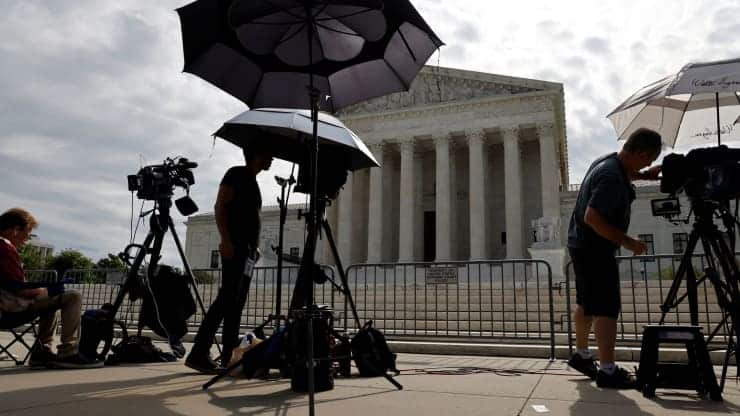 The Supreme Court begins its new term on the first Monday in October, a tradition that dates back to 1917.1 This year, that meant yesterday, Monday, October 4. In the term ahead, the Court is set to take up many key constitutional and legal issues. For the Supreme Court term preview, Close Up is offering a free webinar for students and teachers with University of Illinois Chicago law professor Steven Schwinn on October 13.
The Supreme Court begins its new term on the first Monday in October, a tradition that dates back to 1917.1 This year, that meant yesterday, Monday, October 4. In the term ahead, the Court is set to take up many key constitutional and legal issues. For the Supreme Court term preview, Close Up is offering a free webinar for students and teachers with University of Illinois Chicago law professor Steven Schwinn on October 13.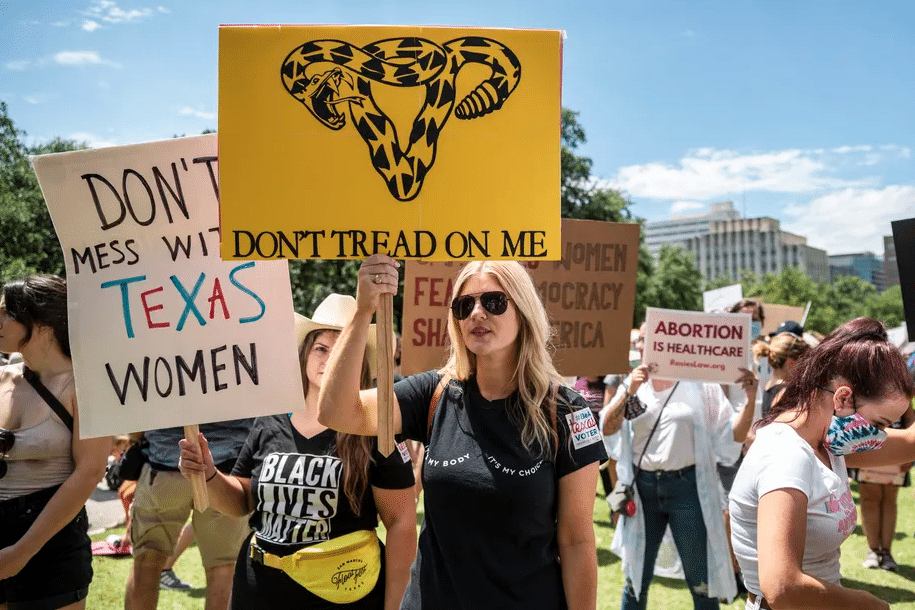 In a 5-4 decision, the Supreme Court declined to review a new Texas law (S.B. 8) restricting abortion access in the state after six weeks of pregnancy. Under the provisions of the law, women in Texas are legally prohibited from receiving an abortion, doctors are prohibited from performing an abortion, and third parties (such as friends, family, and volunteers) are prohibited from assisting anyone who intends to have or has had an abortion after six weeks of pregnancy.1
In a 5-4 decision, the Supreme Court declined to review a new Texas law (S.B. 8) restricting abortion access in the state after six weeks of pregnancy. Under the provisions of the law, women in Texas are legally prohibited from receiving an abortion, doctors are prohibited from performing an abortion, and third parties (such as friends, family, and volunteers) are prohibited from assisting anyone who intends to have or has had an abortion after six weeks of pregnancy.1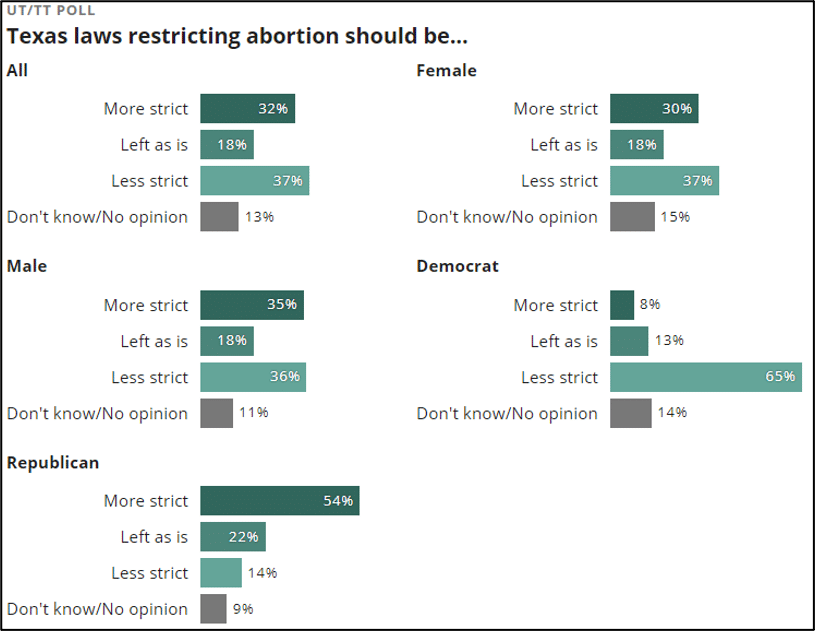
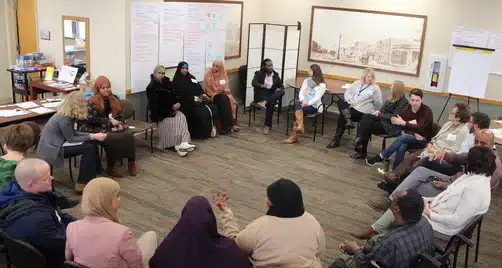
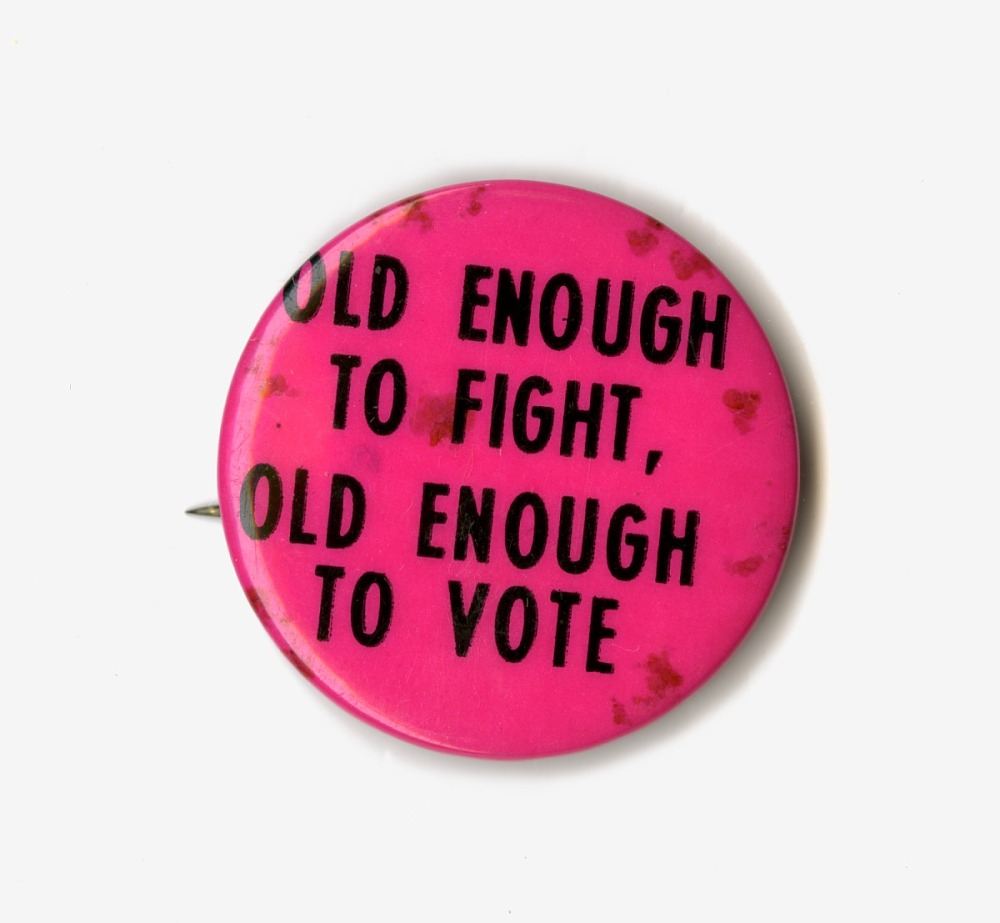 One of the most important things that schools can do to promote civic and political engagement is to explicitly teach about elections and voting.1 While this can include teaching about current elections and ballot initiatives or processes such as voter registration, education on voting should also include lessons on the struggle for voting rights by different groups throughout history. One such struggle, the struggle to lower the voting age to 18, culminated in a Constitutional amendment in 1971. This year marks the 50th anniversary of the 26th Amendment.2
One of the most important things that schools can do to promote civic and political engagement is to explicitly teach about elections and voting.1 While this can include teaching about current elections and ballot initiatives or processes such as voter registration, education on voting should also include lessons on the struggle for voting rights by different groups throughout history. One such struggle, the struggle to lower the voting age to 18, culminated in a Constitutional amendment in 1971. This year marks the 50th anniversary of the 26th Amendment.2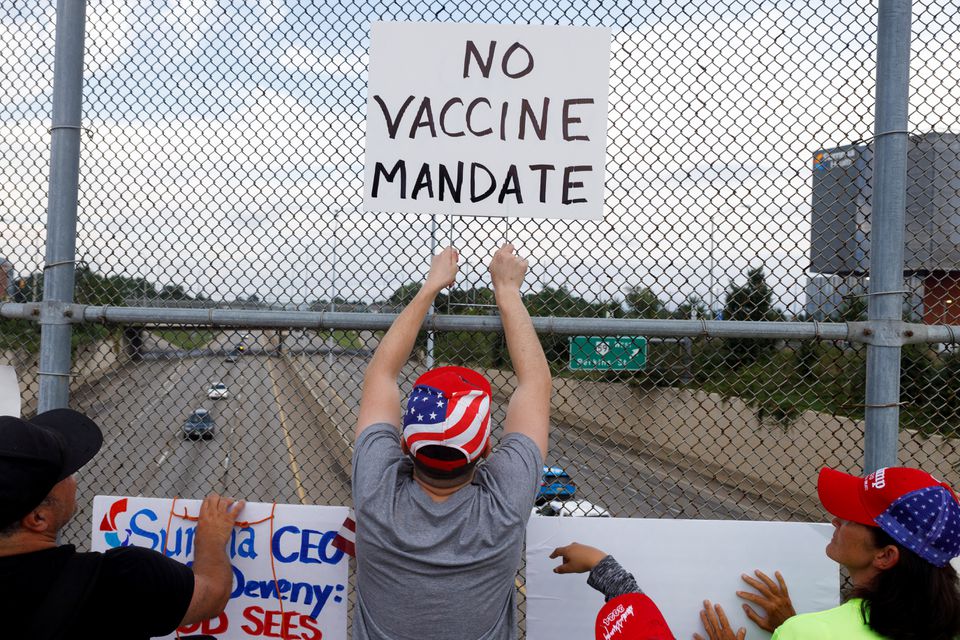 Last Thursday, President Biden issued an executive order requiring that all federal employees and employees of federal contractors are required to be vaccinated against the COVID-19 virus. Additionally, employees working for a company with more than 100 workers must be vaccinated or submit to weekly testing. Finally, those working for businesses that receive Medicare or Medicaid funds must be vaccinated.1 In total this mandate is expected to affect more than 100 million people.2
Last Thursday, President Biden issued an executive order requiring that all federal employees and employees of federal contractors are required to be vaccinated against the COVID-19 virus. Additionally, employees working for a company with more than 100 workers must be vaccinated or submit to weekly testing. Finally, those working for businesses that receive Medicare or Medicaid funds must be vaccinated.1 In total this mandate is expected to affect more than 100 million people.2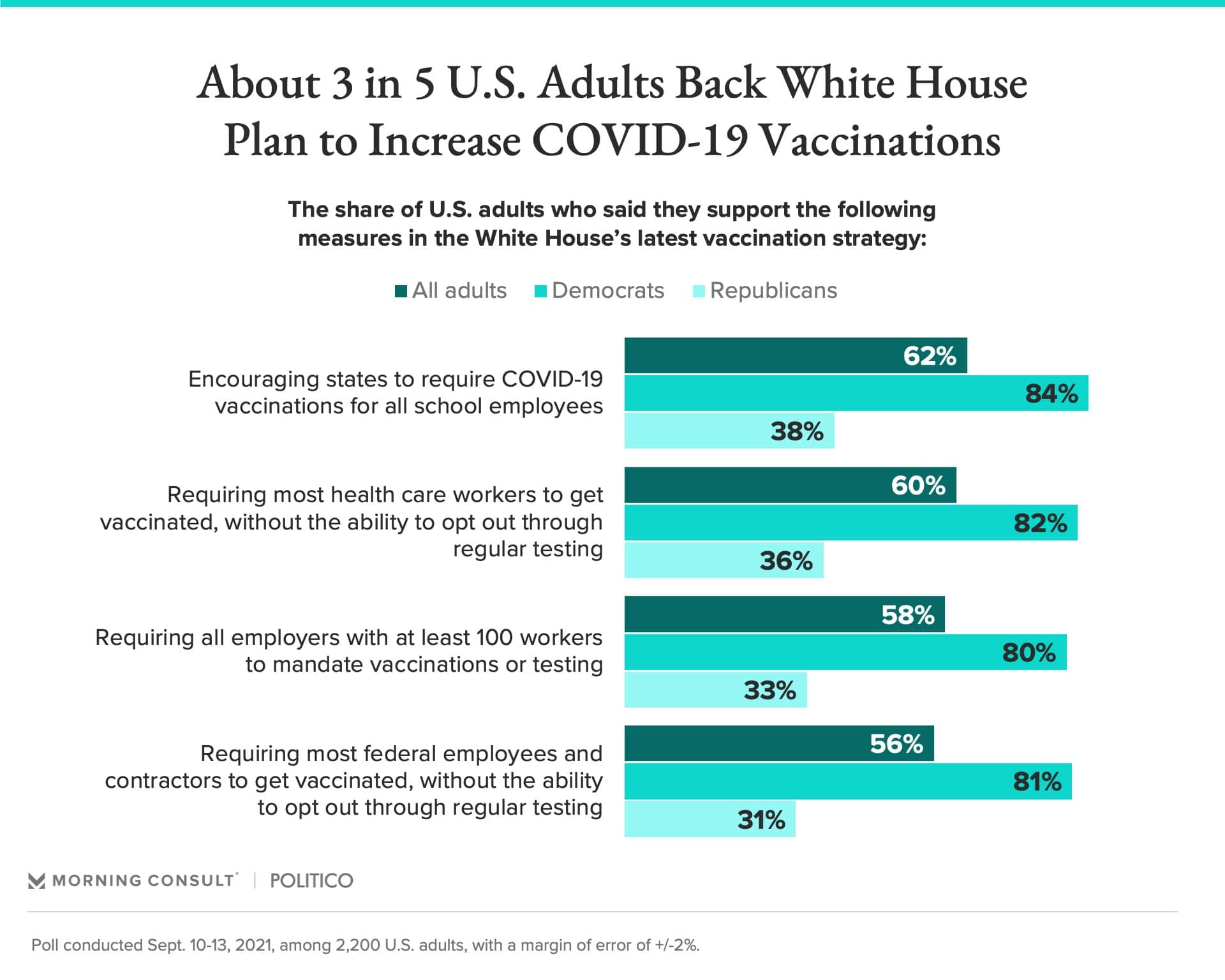
 After 20 years of U.S. troops maintaining a presence in Afghanistan, the United States began the process of ending its longest war by removing military forces from the region. Ever since he was vice president, President Joe Biden has been a strong advocate for reducing the scope of the military mission in Afghanistan in order to focus more on global counterterrorism efforts.1 In April 2021, he announced that he would fulfill his campaign promise to end what he calls the “forever war,” which began as a result of the terrorist attacks on September 11, 2001.2
After 20 years of U.S. troops maintaining a presence in Afghanistan, the United States began the process of ending its longest war by removing military forces from the region. Ever since he was vice president, President Joe Biden has been a strong advocate for reducing the scope of the military mission in Afghanistan in order to focus more on global counterterrorism efforts.1 In April 2021, he announced that he would fulfill his campaign promise to end what he calls the “forever war,” which began as a result of the terrorist attacks on September 11, 2001.2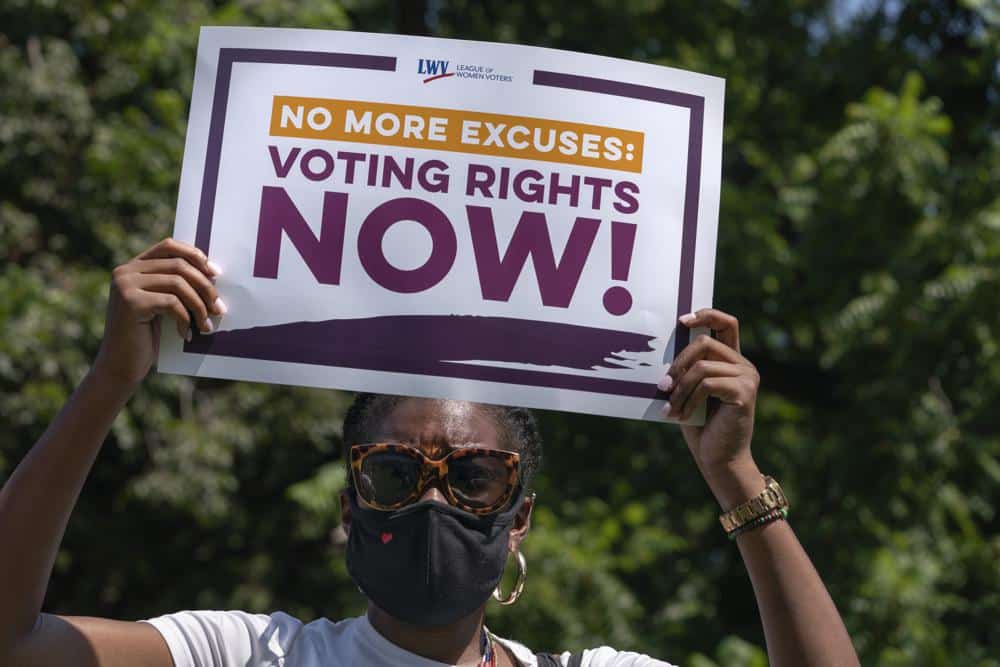 On Tuesday, August 24, the House of Representatives passed the John Lewis Voting Rights Advancement Act by a vote of 219-212.1 The bill is an attempt to reestablish some voting protections that the Supreme Court struck down as outdated and unconstitutional in its 2013 ruling in Shelby County v. Holder.2 The bill faces a steep climb in the Senate, where it may not receive a vote.3 The bill is named for John Lewis, the Georgia congressman, civil rights leader, and former chairperson of the Student Nonviolent Coordinating Committee who passed away in 2020.4
On Tuesday, August 24, the House of Representatives passed the John Lewis Voting Rights Advancement Act by a vote of 219-212.1 The bill is an attempt to reestablish some voting protections that the Supreme Court struck down as outdated and unconstitutional in its 2013 ruling in Shelby County v. Holder.2 The bill faces a steep climb in the Senate, where it may not receive a vote.3 The bill is named for John Lewis, the Georgia congressman, civil rights leader, and former chairperson of the Student Nonviolent Coordinating Committee who passed away in 2020.4 On August 24, the House of Representatives passed a $3.5 trillion spending bill, committed to passing an infrastructure bill, and moved forward with significant voting rights legislation.1 It was an important step in enacting such a large spending plan, but it was not the final step. Republicans and a number of conservative and moderate Democrats oppose some measures in the $3.5 trillion spending bill; thus, the final version of the legislation has not yet taken shape.2
On August 24, the House of Representatives passed a $3.5 trillion spending bill, committed to passing an infrastructure bill, and moved forward with significant voting rights legislation.1 It was an important step in enacting such a large spending plan, but it was not the final step. Republicans and a number of conservative and moderate Democrats oppose some measures in the $3.5 trillion spending bill; thus, the final version of the legislation has not yet taken shape.2






